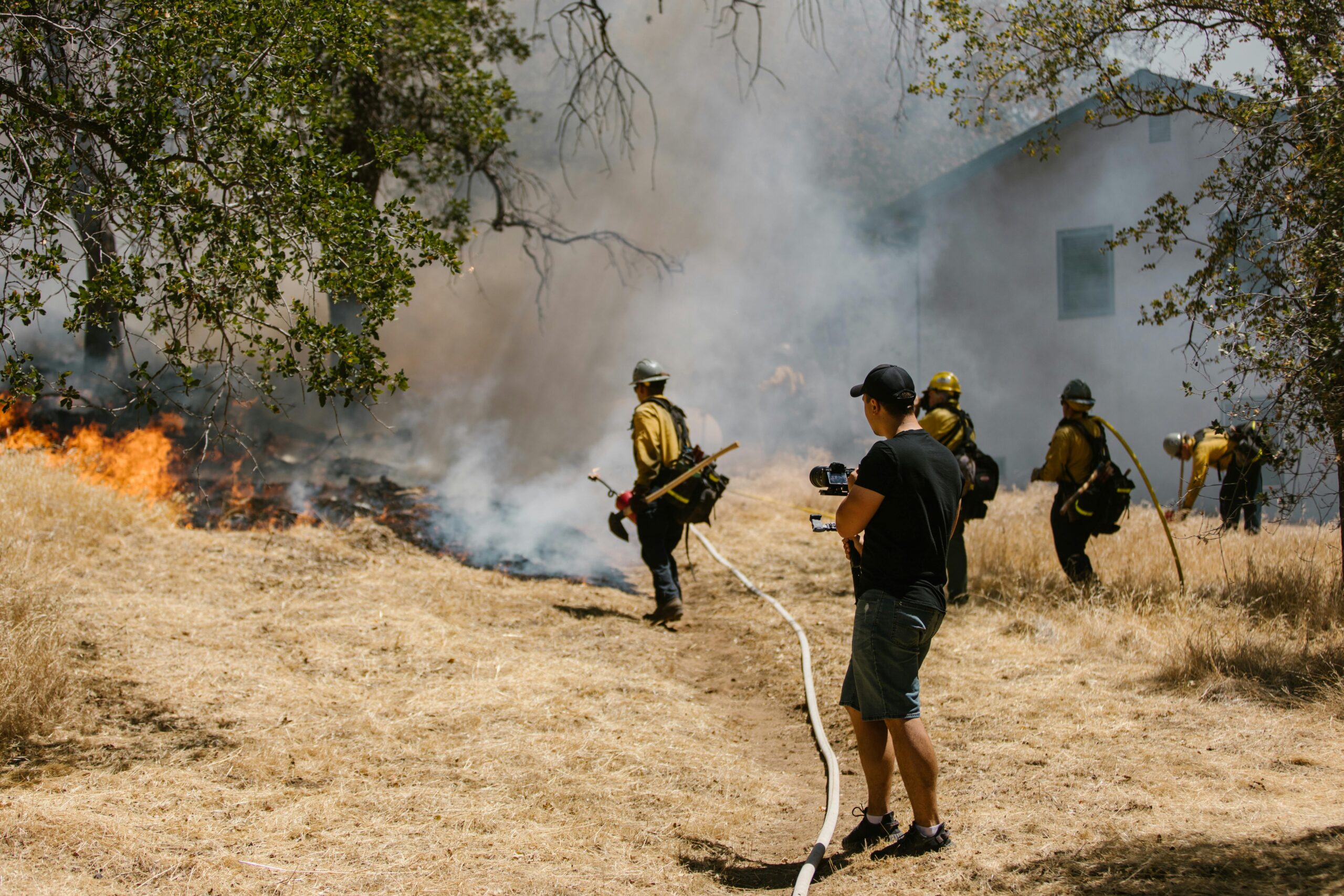Where Home Insurance Is Not Getting Renewed and Why Americans Want to Move
The intense wildfires in Los Angeles have returned American attention to the environmental and economic ravages of climate change. Just months before the fires swept through, many LA homeowners learned they were dropped from their insurance coverage, as their homes were judged too great a risk to insure.
While California counties have some of the highest nonrenewal rates, this hardship is not unique to residents there. Residents living along the Carolina and Louisiana coasts, in southern Florida, and in Oklahoma were especially affected in 2023, according to the U.S. Senate Budget Committee’s December findings of home insurance nonrenewal rates, mapped in a recent Washington Post story, “California isn’t the only place where insurers are dropping homeowners.” Most counties in America were under or just above 1%.
When the American Communities Project did an analysis of the Senate Budget Committee’s table of counties, breaking down nonrenewal rates into the 15 community types, we found that older communities as well as lower-income, communities of color were most affected.
- Graying America, rural communities often in recreational areas near bodies of water, was at the top with a nonrenewal rate of 1.76%. Graying America’s 396 counties have a medium household income of about $57,000.
- Hispanic Centers, 178 agricultural communities concentrated in the South and West, stood next highest at 1.63%. Here the median household income is on the lower end at $51,600.
- In Native American Lands, composed of 45 very rural communities in the Central and Great Plains, interior West, Southwest, and Robeson County in North Carolina, the nonrenewal rate was 1.54%. The median household income for the Native American Lands is $47,300 collectively.
- In the African American South, 272 counties in the South where the median Black population is 43% and the median household income is $42,200, the nonrenewal rate was 1.33%.
(Note that 30 counties, including 12 in Alaska, 10 in Texas, four in Nebraska, two in South Dakota, and two in Virginia, were not included in the ACP’s analysis because the Senate’s findings grouped small counties together and community types could not be separated.)
Some Counties of Note
The trends at the community-type level are noteworthy. The difference of a percentage point in these types can mean tens of thousands of homes. But that high-level analysis masks deeper challenges in some specific counties.
- In northern California, Lake County, part of Graying America, the nonrenewal rate was 7.6%. Big City Los Angeles County’s rate was 1.4%.
- In south Florida, Glades County, part of Graying America, had a sky-high rate of 16.2%. Hendry County, a Hispanic Center, had a rate of 6.9%.
- In North Carolina, Dare County, a Graying America county, the nonrenewal rate was 12.9%. In Chowan County, in the African American South, the rate was 9.3%. Robeson County’s nonrenewal rate was 5.1%.
Desiring to Move
Where people live and how they live are big parts of the American Communities Project's work. And as the ACP studies the country’s fragmentation culturally, politically, and economically, our 2024 survey asked: “Would you like to move to a new community, city, or town (inside or outside of your current state)?”
Overall, 39% said yes, and 61% said no. The desire to move was highest in the African American South at 45% (where the nonrenewal rate was higher), Working Class Country at 42%, Big Cities at 41%, Hispanic Centers at 40% (also with a higher nonrenewal rate), College Towns at 40%, and Military Posts at 40%.
The survey also asked residents why. Nationally, better climate/new scenery was the No. 1 reason given by those who said yes. Wanting to move for a better climate was particularly high in the Middle Suburbs, Working Class Country, and Exurbs, middle-income, working-class, and affluent communities in the Rust Belt, Appalachia, and counties on the outer reaches of Big Cities.
Better cost of living was cited as the No. 2 reason for the desire to move. This was particularly true in a mix of urban and rural communities of varying income levels: the 48 stratified Big Cities, Rural Middle America's 628 counties in the country's upper tier, the 39 LDS Enclaves in the Mountain West, and the 112 affluent Urban Suburbs close to cities.
Nationally, other reasons people cited for wanting to move included: being closer to family and friends (13%), politics and values of the area align with yours (8%), economic opportunities (8%), and believing more like-minded people are in the new community (6%).
Comparison to ACP’s 2023 Findings
In 2023, the American Communities Project’s survey asked Americans the moving question slightly differently: “If your finances and circumstances allowed, would you want to move to a different neighborhood or a different community?”
At that time, 41% said yes, while 58% said no. The percentages who wanted to move were highest in communities with more diverse populations: 51% in Big Cities, 50% in the African American South, 49% in Hispanic Centers, and 48% in Urban Suburbs.
